2022 Nissan Rogue Adds Variable Compression Engine, Retains CVT

Fresh off a substantial redesign for 2021, the Nissan Rogue enters its sophomore year with a new engine option. On tap is a version of the brand’s variable compression technology, applied to a 1.5-liter turbocharged three-banger good for 201 horsepower and 225 lb-ft of torque. And, as is Nissan’s apparent M.O., the CVT ‘box remains.
Those are power increases of 11 percent and 24 percent respectively compared to the standard model from last year. Nissan is also boasting a combined fuel economy rating of 33 mpg, which is a 10 percent jump over the 2021 vehicle. This change appears to make the ’21 Rogue a one-year-only vehicle since it seems this 1.5L VC-Turbo will be the only engine available across all trims.
Your author is far from an engineer, so the description of a Nissan variable compression engine makes his head spin, even more so than it does after his grog ration of Canadian Club. Suffice it to say the mill deploys high/low compression ratio technology to create a pair of different driving profiles: Nissan calls ‘em dynamic performance and eco/efficient. Stroke in the cylinder ranges from 88.9 to 90.1 mm with a compression ratio of anywhere between 8.0:1 and 14.0:1.
This wizardry first appeared on their 2.0L VC-T which found homes in vehicles like the Infiniti QX50 and Nissan Altima. Nissan says the engine utilizes a multi-link system that continuously varies piston top dead center and bottom dead center positions, permitting free control of the compression ratio. That multi-link system is in place of a traditional connecting rod to rotate the crankshaft, while an actuator motor changes the multi-link system endpoint to vary the piston reach to transform the compression ratio.
This is all great on paper but some testers of the 2.0L VC-T engine reported having a tough time eking out the type of fuel economy promised by the manufacturer. This is likely down to a driving style that prioritizes speed over efficiency. Like with Ford’s EcoBoost suite of engines, one can generally have either Eco or Boost – not both.
It’s also worth asking if John Q. Customer will accept the notion of a three-cylinder engine in a crossover of this size, no matter what its stated power output. Nissan better hope it got this assumption correct since the Rogue is literally the company’s bread and butter in this country. Mass rejection of such a small displacement engine could hamper sales and trample all over their balance sheet.
As for the CVT – Xtronic, in Nissan speak – it is said to have been imbued with a 17-percent wider gear ratio coverage and 32 percent lower friction than the previous transmission. All we’ll say is a recent drive in a new Pathfinder was notable for the nine-speed automatic which played nicely with its power team dance partner.
Prices will start at $26,700 for a front-wheel-drive S trim, on up to a $36,480 Platinum front-driver. In between are SV and SL trims for $28,390 and $33,050 respectively. All-wheel drive is a $1,500 option across the board. The 2022 Rogue will be available this winter.
[Images: Nissan]

Matthew buys, sells, fixes, & races cars. As a human index of auto & auction knowledge, he is fond of making money and offering loud opinions.
More by Matthew Guy
Latest Car Reviews
Read moreLatest Product Reviews
Read moreRecent Comments
- Corey Lewis It's not competitive against others in the class, as my review discussed. https://www.thetruthaboutcars.com/cars/chevrolet/rental-review-the-2023-chevrolet-malibu-last-domestic-midsize-standing-44502760
- Turbo Is Black Magic My wife had one of these back in 06, did a ton of work to it… supercharger, full exhaust, full suspension.. it was a blast to drive even though it was still hilariously slow. Great for drive in nights, open the hatch fold the seats flat and just relax.Also this thing is a great example of how far we have come in crash safety even since just 2005… go look at these old crash tests now and I cringe at what a modern electric tank would do to this thing.
- MaintenanceCosts Whenever the topic of the xB comes up…Me: "The style is fun. The combination of the box shape and the aggressive detailing is very JDM."Wife: "Those are ghetto."Me: "They're smaller than a Corolla outside and have the space of a RAV4 inside."Wife: "Those are ghetto."Me: "They're kind of fun to drive with a stick."Wife: "Those are ghetto."It's one of a few cars (including its fellow box, the Ford Flex) on which we will just never see eye to eye.
- Oberkanone The alternative is a more expensive SUV. Yes, it will be missed.
- Ajla I did like this one.




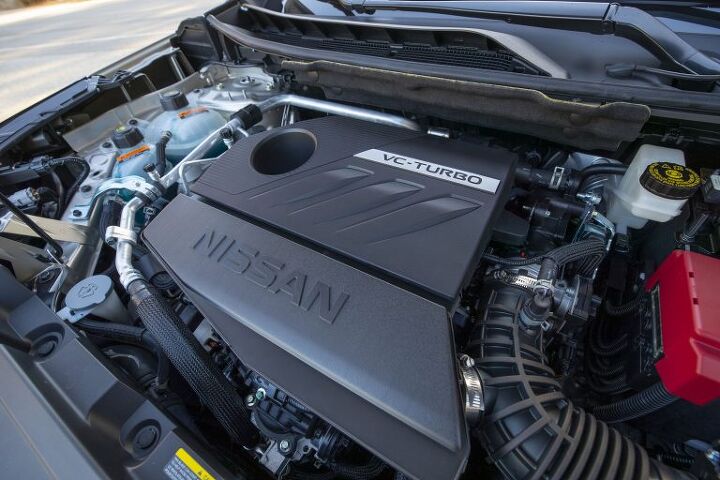















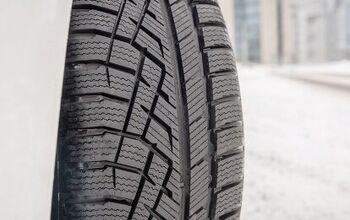


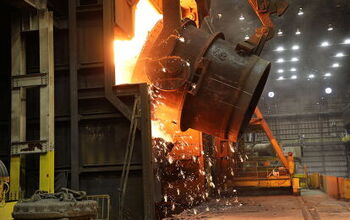
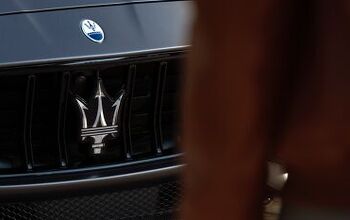
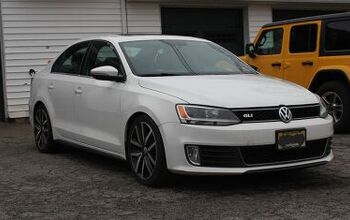

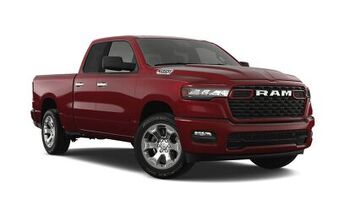
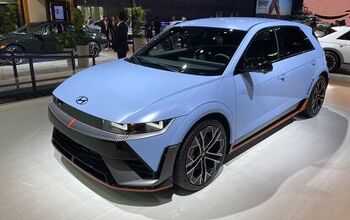
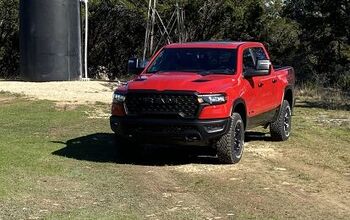
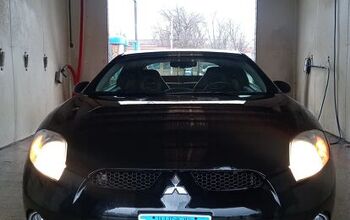
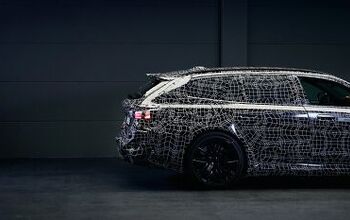
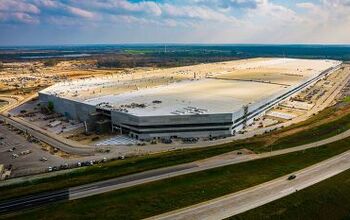

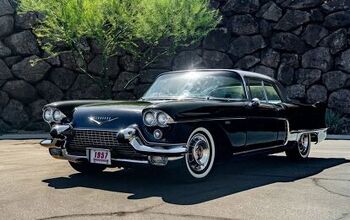
Comments
Join the conversation
Nissan answered the question that tortured engine designers' minds in the 1980s. Variable compression ratio. And nowadays it simply is not required, in fact it's the next best thing to being useless. Everyone got around the Variable CR idea by first VTEC and then fully variable cam timing on both inlet and exhaust valves. The next thing was really studying the intake tract and creating reliable tumble-air charging of the cylinder over a wide rpm range. After that was the fiddling wih combustion chamber shape, quench, etc. that matched the tumble and so on. Optimization of combustion conditions. Then add turbo. What does Nissan do? Varies the CR so that the combustion chamber is NEVER the right shape at any speed or load. As C/D says, when the underwhelming new QX 50 arrived a couple of years ago with its 2.0l turbo Variable CR, it tested over 10% below its EPA highway rating, 27 actual versus 30 claimed. Most new vehicles do better than their EPA highway claim on C/D's steady 75 mph 200 mile long test. Not the QX50. Someone at Nissan needs to bang their head repeatedly on a nearby office table to clear out the cobwebs. See? That's better now, isn't it?
"32 percent lower friction than the previous transmission." 32 percent more rubber band feel.